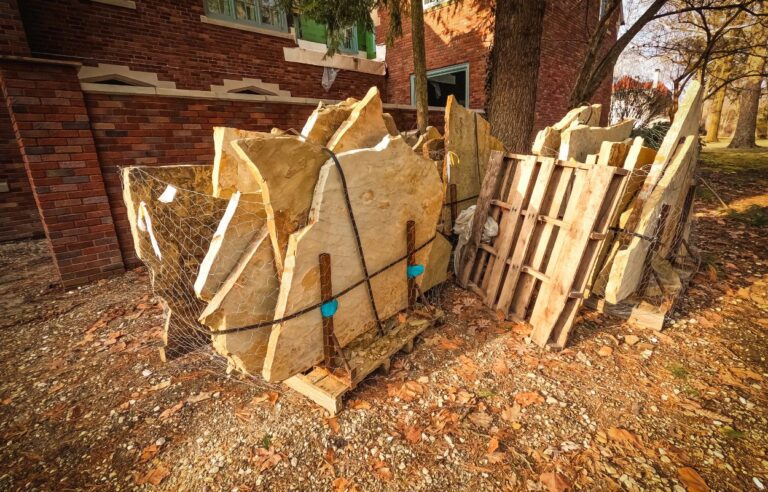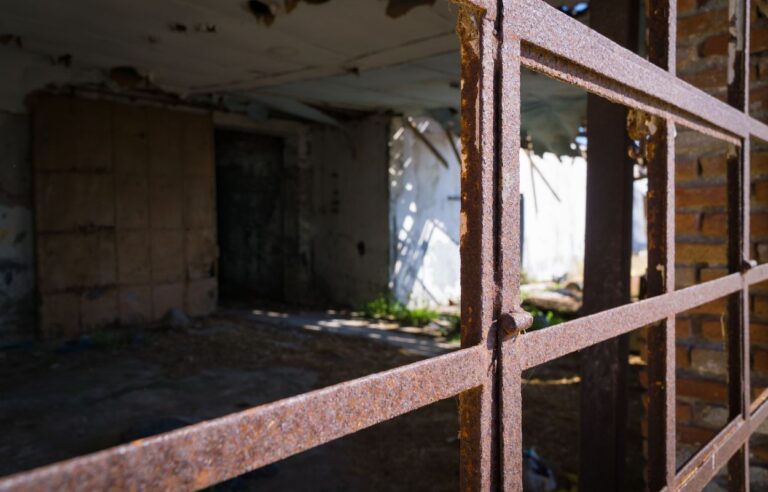
Demolition projects involve the dismantling and removal of structures, which often result in the generation of hazardous materials. Improper disposal of these materials can have severe consequences for both human health and the environment. Therefore, it is crucial to understand the proper methods of disposing of hazardous materials during demolition to ensure safety and compliance with regulations. This blog post will provide a comprehensive guide on how to handle and dispose of hazardous materials responsibly.
UNDERSTANDING HAZARDOUS MATERIALS
Before embarking on a demolition project, it is essential to identify the hazardous materials that may be present in the structure. Common examples include asbestos, lead-based paint, mercury-containing devices, and various chemicals. These materials pose significant risks when mishandled, requiring careful attention and specialized disposal techniques.
THE IMPORTANCE OF PROFESSIONAL DISPOSAL
Demolition projects involving hazardous materials should always be entrusted to professionals who have the knowledge, skills, and equipment to handle these materials safely. Engaging professional disposal services ensures compliance with regulations, minimizes risks, and safeguards the well-being of workers, the community, and the environment.
CONDUCTING A HAZARDOUS MATERIALS ASSESSMENT: IDENTIFYING AND ASSESSING HAZARDS
Before commencing demolition, it is crucial to conduct a thorough hazardous materials assessment. This process involves identifying and assessing the presence of hazardous materials, such as asbestos, through a combination of visual inspections and sampling. The assessment helps in developing a comprehensive disposal plan and ensuring the safety of everyone involved.
SEGREGATING AND PACKAGING HAZARDOUS MATERIALS: PROPER HANDLING AND SEGREGATION
During demolition, it is essential to segregate hazardous materials from non-hazardous ones to prevent cross-contamination. Each hazardous material should be properly packaged and labeled according to regulatory standards. This step ensures that the materials can be transported safely and that their identities are clearly communicated throughout the disposal process.
UTILIZING APPROVED DISPOSAL METHODS: DISPOSAL METHODS FOR HAZARDOUS MATERIALS
Different types of hazardous materials require specific disposal methods. For instance, asbestos must be carefully removed and transported to approved landfill sites or specialized treatment facilities. Similarly, lead-based paint may necessitate containment and subsequent disposal at authorized facilities. It is crucial to consult local regulations and engage professionals with expertise in handling each specific type of hazardous material.
MONITORING AND REPORTING: ENSURING COMPLIANCE AND ACCOUNTABILITY
Throughout the demolition and disposal process, it is important to monitor and document every step to ensure compliance with regulations. This includes maintaining records of the transportation, disposal, and any necessary testing or analysis. By keeping accurate documentation, accountability can be established, and any potential issues can be identified and resolved promptly.
Proper disposal of hazardous materials during demolition is of paramount importance when it comes to protecting human health and the environment as well. Engaging professionals with expertise in handling hazardous materials ensures compliance with regulations, minimizes risks, and safeguards the well-being of workers and the community. By following the guidelines outlined in this blog post, demolition projects can be executed safely and responsibly, mitigating potential harm and contributing to a healthier and more sustainable future.





